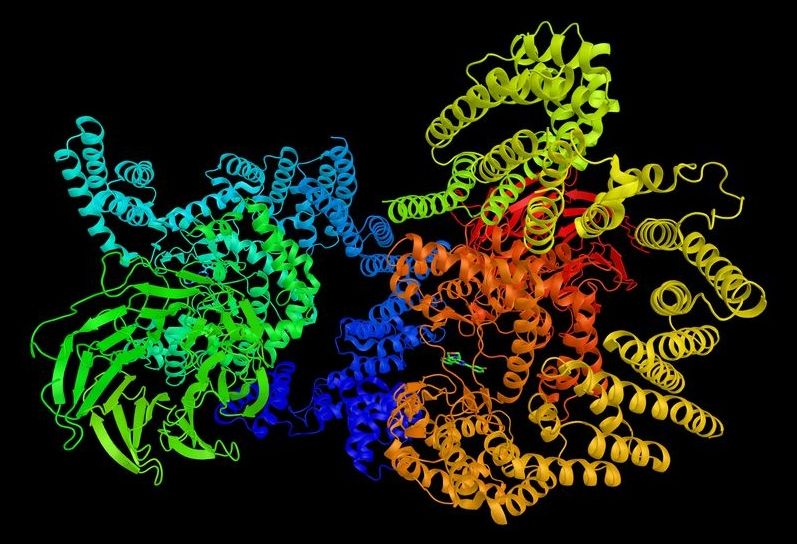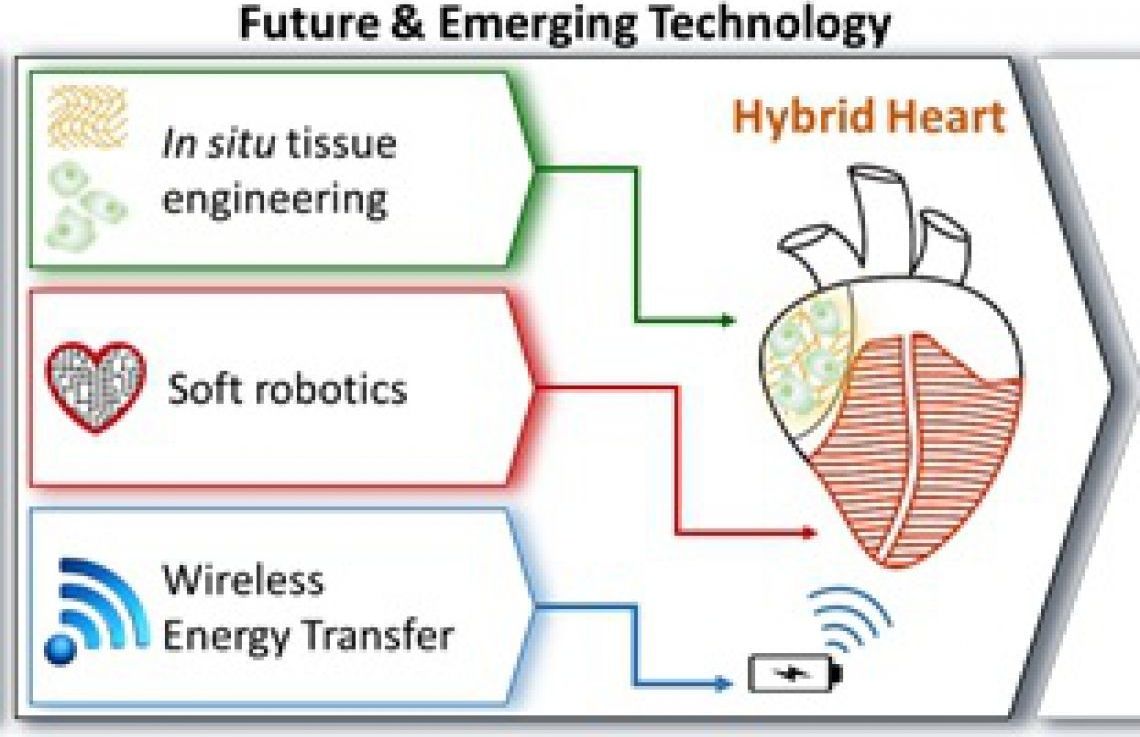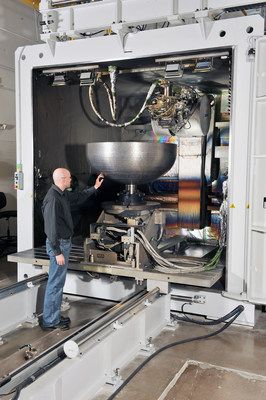The future of travel is speeding towards us.
Get the latest international news and world events from around the world.

New South African Telescope Releases Epic Image of the Galactic Center
You’re looking at the center of our galactic home, the Milky Way, as imaged by 64 radio telescopes in the South African wilderness.
Scientists released this image today to inaugurate the completed MeerKAT radio telescope. But these scopes form part of an even more ambitious project: the Square Kilometer Array, a joint effort to build the world’s largest telescope, spanning the continents of Africa and Australia.

Satellite startups turn to reinventing broadband, mapping and other industries
Smartphones have disrupted transportation, payments and communication. But the underlying technology has tangentially changed a completely different sector: satellites.
The advances made in miniaturizing technologies that put a computer in your pocket — cameras, batteries, processors, radio antennas — have also made it easier and cheaper for entrepreneurs to launch matter into space. And investors are taking notice.
The chart below shows worldwide venture and PE investment in satellite technology companies.

Inhibition of mTOR Appears to Boost Aged Immune Systems
Inhibiting TORC1 might boost the immune system of the elderly.
In a recent study conducted by researchers at the Novartis Institutes for Biomedical Research in Massachusetts, inhibition of mTOR complex 1 boosts the immune system of aged people, decreasing their yearly rate of infections as well as increasing their response to an influenza vaccine [1].
Study summary


Astronomers Discover A Planetary Impact Outside Our Own Solar System
In a study published in the latest issue of Science, astronomers led by graduate student Huan Meng, of the University of Arizona in Tucson, announced the discovery of remains of a mammoth planetary collision.
The team made its observations using NASA’s Spitzer Space Telescope and several different ground-based instruments. The collision occurred between two planets orbiting a sunlike star called NGC-2547 ID8, which lies about 1,140 light-years from the earth. The star is a young one, with a system of planets still in the process of formation. The collision, which may have occurred as recently as two years ago, left a ring of dust and debris circling the star.


Universal basic income would cost the US up to $3.8 trillion per year — Bridgewater estimate
Bridgewater Associates’ Ray Dalio, the founder of the world’s largest hedge fund, is analyzing the social and financial viability of a widely debated program aimed at reducing the wealth inequality.
Hedge-fund manager Ray Dalio is looking at whether universal basic income can help solve wealth inequality.

Giant Satellite Fuel Tank Sets New Record for 3D Printed Space Parts
DENVER, July 11, 2018 /PRNewswire/ — Lockheed Martin (NYSE: LMT) has embraced a 3D printed titanium dome for satellite fuel tanks so big you can’t even put your arms around it. The 46-inch- (1.16-meter-) diameter vessel completed final rounds of quality testing this month, ending a multi-year development program to create giant, high-pressure tanks that carry fuel on board satellites.
The titanium tank consists of three parts welded together: two 3D printed domes that serve as caps, plus a variable-length, traditionally-manufactured titanium cylinder that forms the body.
Opener: We are a fast-growing company with a single lofty goal: to bring personal aviation to the general public
Innovating at the leading edge of electric aviation technology, we have developed BlackFly, the world’s first ultralight all-electric fixed-wing VTOL personal aircraft.
